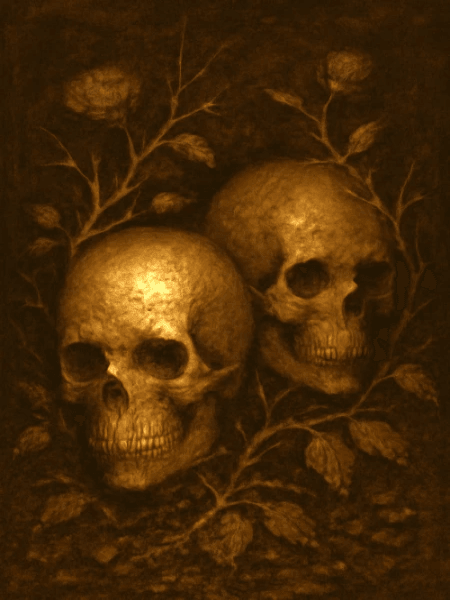
🌑 Macabre True Crimes Revisited: Madness, Faith, and Flesh Across Continents
“Evil doesn’t always hide in the dark. Sometimes it waves back from the mirror.”
The third volume of Macabre: True Crimes & Mysteries opens like a descent through the world’s hidden trapdoors—into back alleys, interrogation rooms, and jungle clearings where reason frays and humanity unravels.
Across 20 stories, from Soviet factory towns to Pacific island missions, we meet killers, victims, and systems that failed them both. The thread binding them isn’t geography or era—it’s the human compulsion to dominate, to believe, to destroy, and to justify it afterward.
Here are some of the most haunting cases from Macabre Volume 3—each proof that real horror needs no fiction.
🩸 The Dnepropetrovsk Maniacs — Murder as a Performance (Ukraine)

Nineteen-year-olds Viktor Sayenko and Igor Suprunyuk weren’t hardened criminals; they were middle-class sons of engineers, raised on video games and vodka. Their pastime began with cruelty to stray dogs. It ended with 21 human victims.
They called it “testing their courage.” The world knows them for something else: “3 Guys, 1 Hammer.”
The pair filmed their killings on cell phones—faces calm, hammers dripping. The leaked footage scorched across the internet like a contagion, birthing one of the most infamous snuff myths of the digital age.
The police caught them not through forensics but by sheer accident: a stolen phone pawned for pocket change. That single mistake exposed hard drives filled with videos, photographs, and smiling selfies beside the dead.
In court, the killers showed no remorse. “We are gods,” one said. “We decide who lives and dies.”
Ukraine sentenced both to life without parole. Yet the footage still surfaces in dark corners of the web—proof that horror, once recorded, never really dies.
Did You Know? Dnipropetrovsk was once a secret Soviet rocket city, closed to outsiders. Its culture of silence lingered long enough for two killers to thrive in its shadows.
🧠 The Reykjavík Confessions — When Memory Becomes a Weapon (Iceland)
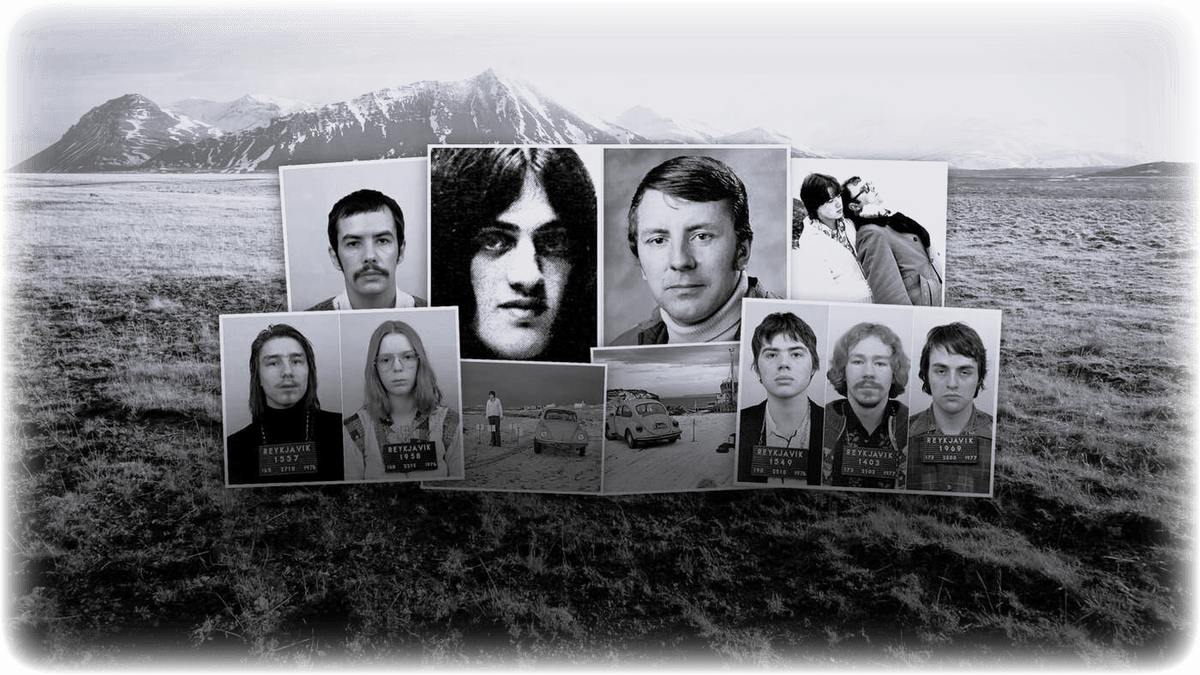
Eighteen-year-old Guðmundur vanished walking home in a blizzard. Ten months later, family man Geirfinnur drove to a harbor café after a mysterious phone call and was never seen again.
With no bodies, no evidence, and a panicked public, police seized on a convenient suspect: 20-year-old petty thief Sævar Ciesielski. Under relentless interrogation and months of isolation, Sævar began to doubt his own mind. His girlfriend Erla dreamed of a dead body; detectives told her it was a memory.
The dream became a confession. The confession became a contagion.
Within months, six Icelanders “remembered” murders they may never have committed. Held in solitary confinement for up to 700 days, deprived of sleep, and told repeatedly that their memories were lying to them, the suspects eventually gave the state what it wanted—answers.
Justice, Iceland believed, had been served.
Decades later, psychologists would call it memory distrust syndrome, an eerie cousin of hypnosis where suggestion rewires the mind. In 2018—44 years later—the Supreme Court overturned the convictions.
But the missing men? Still gone. Their fates, like truth itself, remain buried beneath Iceland’s snow.
Cultural Context: The case is now taught in law schools as a textbook example of false memory under interrogation—proof that even democracies can manufacture guilt.
🍖 The People Eater of San Cristóbal — Venezuela’s Forgotten Cannibal

The man inside stirred the pot like a chef. His name was Dorángel Vargas, though locals came to know him by another: El Comegente—The People Eater.
Vargas was homeless, schizophrenic, and invisible. For years, he prowled the city’s parks, hunting joggers and day laborers. He killed with rocks and spears, dismembered his victims, and boiled the meat into soups and empanadas. When asked why, he smiled:
“Have you eaten pears? It’s the same. Like eating pears.”
He avoided women and children—“too pure,” he said—and complained that fat people gave him cholesterol.
The revelation horrified a nation more accustomed to political violence than cannibalism. Yet Vargas had already been arrested once before for the same crime in 1995, declared insane, and released after two years.
Eight bodies were recovered under the Libertador Bridge. Rumors suggest twice that number vanished.
He was never tried—just returned to an asylum that later crumbled into neglect. Whether he’s alive today, no one knows.
Legacy Notes: In San Cristóbal, children still whisper about El Comegente when warned not to wander after dark. The bridge was rebuilt, but the fear never left.
🔥 The Missionary Who Was Eaten — Thomas Baker’s Fatal Faith in Fiji
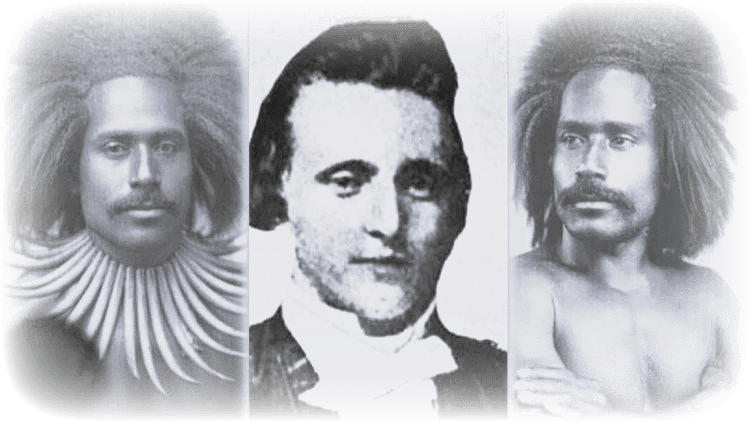
Baker had been warned that highland tribes still practiced cannibalism and viewed foreign religion as invasion. But faith trumped fear. Deep in Navatusila territory, he made a cultural mistake that would prove fatal: he touched a chief’s head to retrieve a fallen comb.
In Fijian custom, the head was sacred. Touching it—especially that of a chief—was a grave taboo. Within moments, Baker and eight of his Fijian companions were clubbed to death. Their bodies were cooked in a lovo earth oven and consumed.
Legend says the tribe even tried to boil his boots but found the leather inedible. Those half-eaten boots now rest behind glass in Fiji’s national museum—a grim relic of cross-cultural tragedy.
The killing provoked a British punitive expedition that razed villages and accelerated colonial domination. Missionary pamphlets turned Baker into a martyr; the empire turned his death into justification.
Cultural Context: To this day, villagers in Nabutautau speak of “the curse of Baker’s shoes,” a superstition linking every local misfortune to the missionary’s death.
🧛 The Vampire of Czinkota — Béla Kiss and His Iron Drums (Hungary)
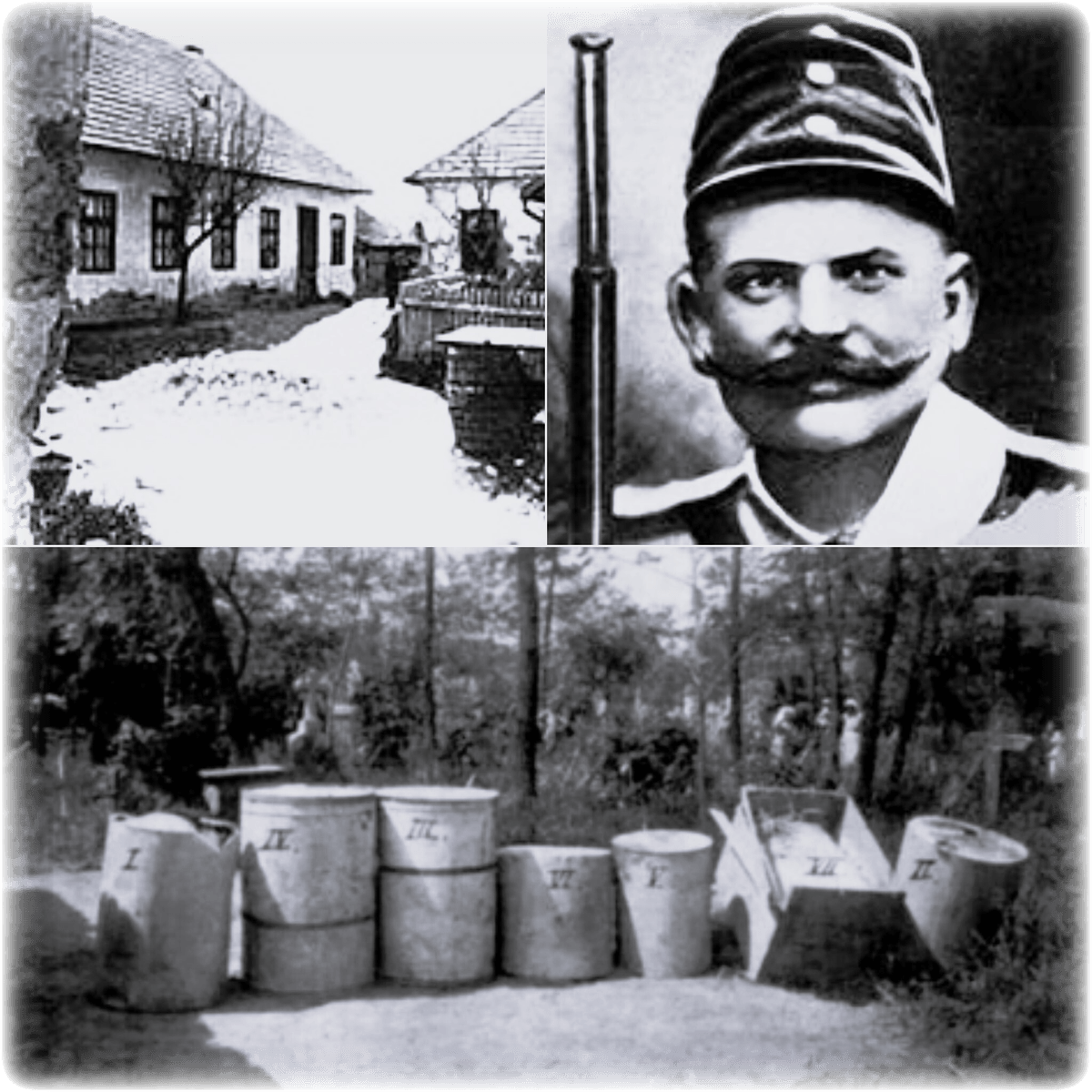
Each victim had been strangled and drained of blood. Letters revealed that Kiss lured women through lonely-hearts ads, posing as a widower seeking companionship. They sent him money, jewelry—and then vanished.
When police came to arrest him, Kiss had already disappeared into the chaos of war. Witnesses later swore he’d been seen wearing an officer’s uniform, others said he resurfaced in Paris as a janitor. None were proven.
His body was never found. The drums were real. The vampire was not. But the name “Béla Kiss” became shorthand across Europe for charm that conceals rot.
Did You Know? Some criminologists believe Kiss inspired later Hollywood depictions of suave killers—from Dracula’s dinner manners to Hitchcock’s tidy psychopaths.
⚰️ The Isdal Woman — Norway’s Coldest Case

Every label in her clothes had been removed. Her teeth contained rare dental work suggesting continental travel.
Investigators found that she’d checked into hotels under aliases—always alone, always with wigs, speaking French, German, and Flemish interchangeably.
Autopsy results showed sleeping pills and carbon monoxide poisoning. Suicide? Murder? Espionage?
Fifty years later, the “Isdal Woman” remains one of Europe’s eeriest cold cases. DNA testing in the 2010s indicated Central European origins—but her identity disappeared long ago.
Legacy Notes: The case has since become Norwegian folklore—a spectral reminder of the Cold War’s ghosts wandering neutral soil.
⚙️ The Communist Killer — Václav Mrázek and the Machinery of Evil (Czechoslovakia)
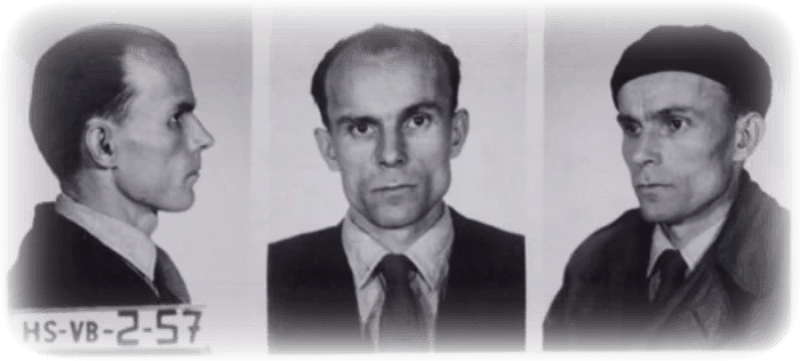
Václav Mrázek, a small, pale man with the face of an accountant, murdered at least seven people—mostly women—while maintaining a perfect attendance record at work.
He kept meticulous notes on his crimes: bullet calibers, body positions, time spent stalking. To police, he was a phantom; to his diary, a methodical god.
His motive was neither lust nor profit—it was power. When caught in 1957, he described his killings as “my second job.”
The state tried to suppress the case, fearing it would tarnish the illusion of socialist safety. But even the regime couldn’t bury the horror forever.
Mrázek was executed by hanging, leaving behind notebooks now stored in Prague’s criminal archives—pages where communism’s gray uniform meets the abyss.
Did You Know? Investigators later discovered he’d once applied to join the police. His rejected application was still on file.
🌍 Why We Keep Looking Into the Dark
Across continents and centuries, the crimes in Macabre Volume 3 share one truth: evil is rarely monstrous at first glance.
It wears a missionary’s collar, a homeless man’s rags, a factory badge, or a teenager’s grin. It believes it’s justified—by hunger, by faith, by ideology, by curiosity.
Each story reads like a confession from humanity’s shadow self.
• Faith without understanding turned Thomas Baker into a meal.
• Science without empathy made the Dnepropetrovsk killers document pain like art.
• Law without restraint warped six innocents in Reykjavík into ghosts of their own memories.
• Society without compassion let Dorángel Vargas vanish beneath a bridge until he fed on its citizens.
“History doesn’t repeat,” they say. But in Macabre, it doesn’t have to. It never stopped.
🕯 Step Back into the Darkness:
Macabre: True Crimes & Mysteries Volume 3 gathers 20 such stories—each one stranger, sadder, and truer than fiction. From cannibals devouring missionaries to communist execution chambers, from pyscopathic teens to unmarked graves, it’s a journey through humanity’s most forbidden chapters.
Blog written by Guy Hadleigh, author of Crimes That Time Forgot, the Macabre True Crimes & Mysteries Series, the Murder and Mayhem Series, the British Killers Series, the Infamous True Crimes and Trials Series - and many more!

